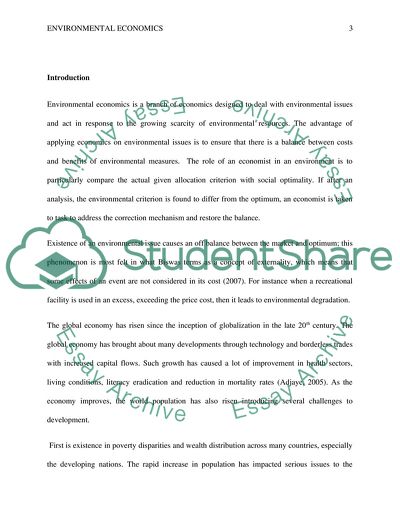Cite this document
(Economic Issues Regarding the Environment Term Paper, n.d.)
Economic Issues Regarding the Environment Term Paper. https://studentshare.org/macro-microeconomics/1814208-environmental-economics
Economic Issues Regarding the Environment Term Paper. https://studentshare.org/macro-microeconomics/1814208-environmental-economics
(Economic Issues Regarding the Environment Term Paper)
Economic Issues Regarding the Environment Term Paper. https://studentshare.org/macro-microeconomics/1814208-environmental-economics.
Economic Issues Regarding the Environment Term Paper. https://studentshare.org/macro-microeconomics/1814208-environmental-economics.
“Economic Issues Regarding the Environment Term Paper”. https://studentshare.org/macro-microeconomics/1814208-environmental-economics.


